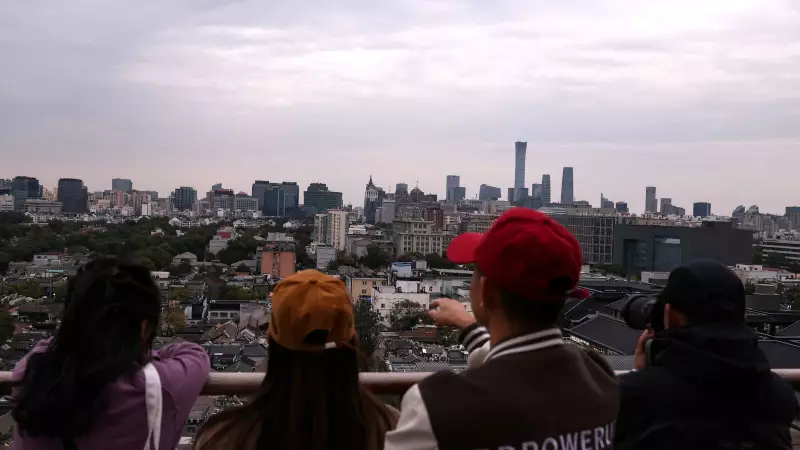
Delhi has become a gas chamber once again, with toxic smog enveloping the city and pushing Air Quality Index (AQI) levels into the 'severe' category. As residents struggle to breathe and schools consider closures, the crisis mirrors Beijing's notorious pollution battle nearly a decade ago.
China's Pollution Turning Point: 2013 Crisis to Solution
Back in 2013, China faced an identical environmental emergency when Beijing's air pollution reached apocalyptic levels. The term 'Airpocalypse' was coined as visibility dropped to mere meters and hospitals filled with respiratory patients. What followed was one of the most aggressive anti-pollution campaigns in modern history.
The Chinese Blueprint: Radical Measures That Worked
China declared a comprehensive 'war on pollution' that combined immediate emergency responses with long-term structural changes:
- Emergency Action Plans: Implementing color-coded alert systems that triggered immediate factory shutdowns and traffic restrictions during high pollution days
- Industrial Overhaul: Shutting down or relocating thousands of coal-fired power plants and heavy industries away from urban centers
- Clean Energy Transition: Massive investment in renewable energy sources and natural gas infrastructure
- Vehicle Emission Standards: Implementing strict Euro-equivalent standards and promoting electric vehicles
- Technological Interventions: Exploring cloud seeding and artificial rain techniques to wash away pollutants
Results That Speak Volumes
The outcomes of China's determined efforts have been remarkable. Between 2013 and 2021, Beijing reduced its average concentrations of hazardous PM 2.5 particles by nearly 60%. Cities that once ranked among the world's most polluted now enjoy significantly cleaner air, though the battle continues.
Lessons for Delhi's Smog Emergency
As Delhi grapples with its annual pollution nightmare, China's experience offers valuable insights:
- Political Will is Paramount: China's success stemmed from treating pollution as a national security threat requiring top-level commitment
- Comprehensive Monitoring: Establishing dense networks of air quality monitoring stations for real-time data and accountability
- Regional Coordination: Addressing pollution as a regional challenge rather than isolated city-specific problem
- Public Transparency: Initially criticized for hiding data, China improved significantly by making pollution information publicly accessible
- Technological Innovation: Investing in both immediate solutions and long-term clean technology development
The Road Ahead for Indian Cities
While Delhi's current situation appears dire, China's transformation proves that severe air pollution can be tackled effectively with determined, multi-pronged strategies. The need of the hour is emergency measures combined with sustainable long-term policies that address industrial emissions, vehicular pollution, agricultural burning, and energy sources simultaneously.
The Chinese experience demonstrates that breathing clean air shouldn't be a luxury but a fundamental right that determined policy and public participation can secure for future generations.





